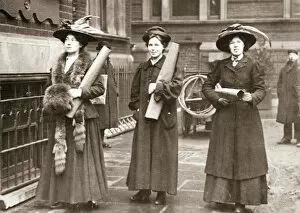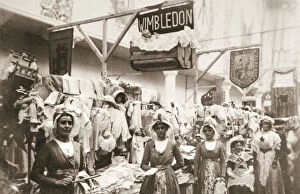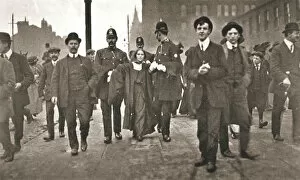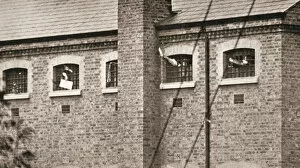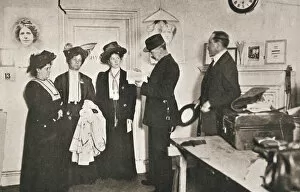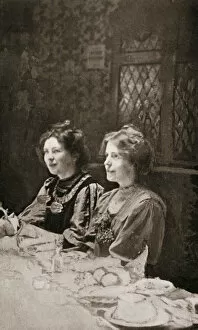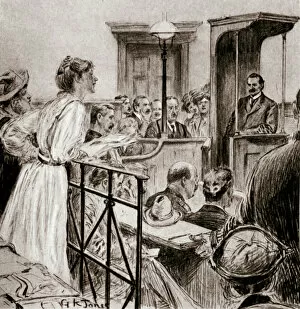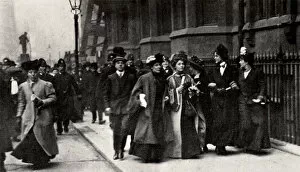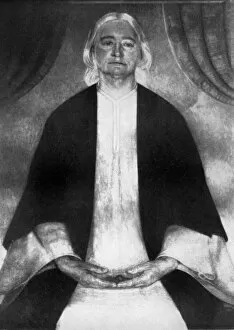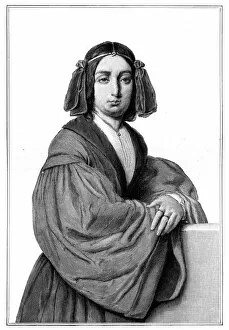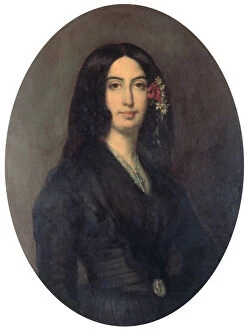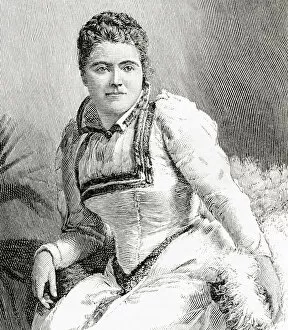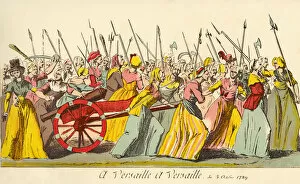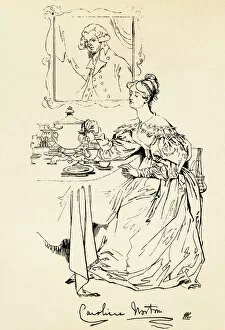Feminist Collection (page 8)
"Feminist Icons Through Time: From Sartre and Beauvoir to Suffragettes and Beyond" In 1970
All Professionally Made to Order for Quick Shipping
"Feminist Icons Through Time: From Sartre and Beauvoir to Suffragettes and Beyond" In 1970, Jean-Paul Sartre and Simone de Beauvoir made headlines when they were released from a Parisian police station after distributing the banned leftist publication, La cause du Peuple. These intellectual powerhouses not only challenged societal norms but also played a significant role in shaping feminist discourse. Back in 1964, the dynamic duo was captured enjoying lunch at a Paris café. Their partnership extended beyond personal connections as they both contributed immensely to feminist theory. Sartre's existentialism philosophy intertwined with Beauvoir's groundbreaking work on gender inequality laid the foundation for modern feminism. The fight for women's rights has deep historical roots that go back even further than Sartre and Beauvoir. Clara Zetkin's powerful speeches ignited conversations about suffrage, while courageous suffragettes picketed outside the White House in 1917 demanding equality. Even fashion became an avenue of protest as bloomers symbolized defiance against societal expectations imposed on women. Mlle Miropolski faced discrimination when barred from delivering a lecture simply because she wore these unconventional garments. Advertisements like Lydia Pinkham Co. 's 1923 campaign showcased how women were breaking free from traditional roles by embracing their own choices. The ad encouraged ladies to "go the limit" by advocating for their right to smoke freely—a small yet significant step towards liberation. Helen Gurley Brown, American author and magazine editor extraordinaire, shattered glass ceilings through her iconic book "Sex and the Single Girl. " Her unapologetic approach empowered countless women to embrace their sexuality without shame or judgment. Alice Paul founded the National Women's Party—an organization dedicated solely to advancing women's rights—leaving an indelible mark on history. Her unwavering determination led to monumental achievements such as securing voting rights for American women through the Nineteenth Amendment.



